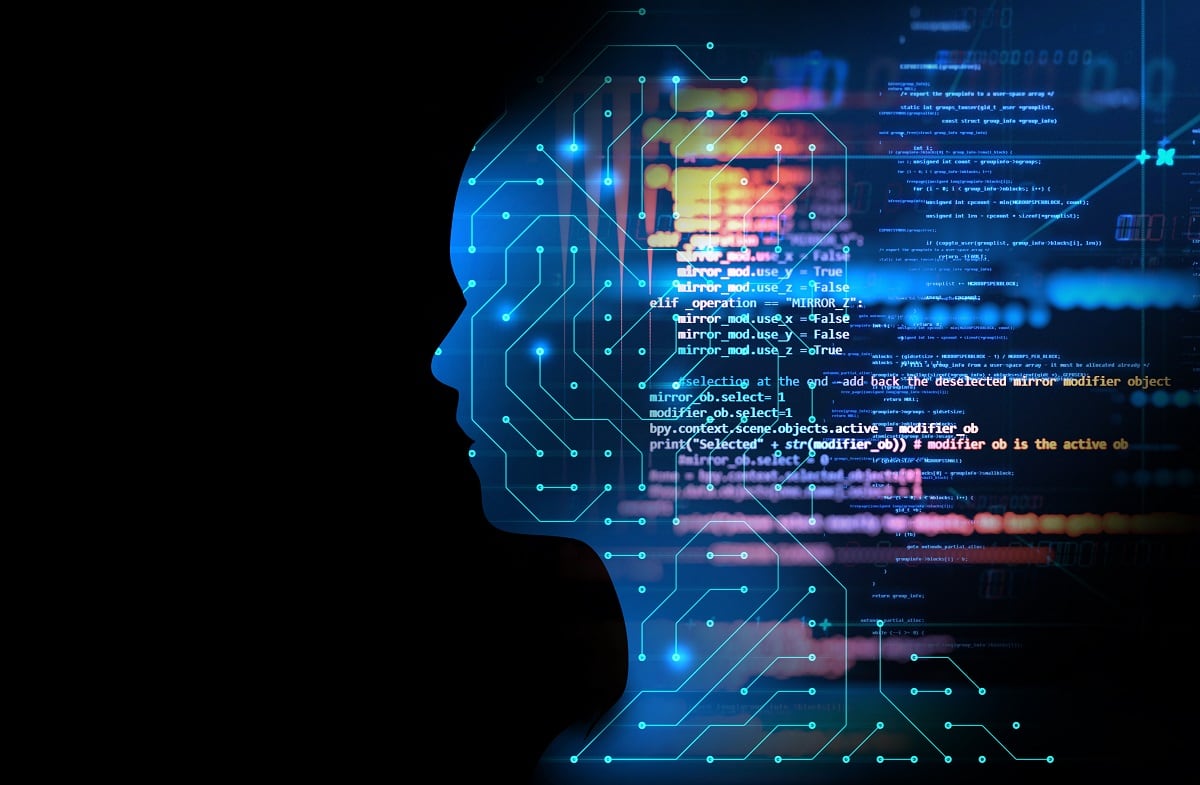Artificial Intelligence as a tech category has become so broad that it’s nearly lost all meaning. It encompasses everything from chatbots to autonomous vehicles to scenes from Terminator 2.
This ambiguity impacts AI’s adoption across many businesses and increases the desire for data privacy protections and greater accountability in AI. Recently, President Biden unveiled an AI Bill of Rights designed to set an AI framework and new standards for AI in government.
So how can agency leaders move AI forward responsibly and with confidence?
Demystifying and defining what AI can do, or can’t do, is the first step in the process. By clearly defining what AI is and is not, misconceptions can be dispelled and AI models that support complex missions at the speed of relevance employed with confidence.
AI as a Force Multiplier
AI is a means to an end, an enabler and force multiplier for government agencies and businesses who can and should use it to their advantage. Most of the AI solutions being utilized today keep humans involved in each task to ensure creativity, common sense and, in some cases, emotional intelligence remain central to decision-making.
Although today’s AI is unable to flex every human-like muscle, it does bring five important “sights” to the table: hindsight, foresight, insight, oversight and rightsight. Fully understanding these five sights and their value is the key to operationalizing AI capabilities to accelerate mission outcomes in matters as complex as national security and disease control or as routine as help desk calls.
AI’s Five “Sights”
Sight One: Hindsight
Understand the Past: Hindsight is the most accessible sight of AI. It provides critical business intelligence and operational context using historical data. Leaders can use hindsight to fully understand what happened in the past and make comparisons and course corrections. Think of needing to understand past processing times for any number of paper-based applications so stakeholders can maximize the efficiencies of newly implemented digital systems. AI can provide dashboard views without the hassle of Oracle queries, data calls and spreadsheets to underscore comparisons quickly and without knowledge gaps. This function of AI helps evolve agencies from static point-in-time reporting to dynamic, real-time dashboards that enable faster decision-making.
Sight Two: Foresight
Anticipate the Future: Foresight predicts what may happen in the future by using forecasting measures via machine learning. It helps agencies achieve end-to-end understanding to drive future operations and planning. The National Oceanic and Atmospheric Administration (NOAA), for example, could use predictive modeling on wind speed and geothermal data to make earlier and more accurate predictions of when a hurricane will make landfall to ensure preparedness.
Sight Three: Insight
Shape the Why: This “sight” provides perspective on the conditional probability that something may happen; specifically what was predicted with foresight. This “sight” provides near-real-time suggestions to optimize models based on anticipated constraints and demands. It allows agencies to steer business decisions toward favorable outcomes using predictive tools that tailor solutions. This can be helpful in times of crisis, such as the COVID-19 pandemic, to assess workforce impacts and tailor operations both in the moment and in future scenarios through tools like linear or Bayesian optimization. Understanding “the why’' allows agencies to get prescriptive with each phase to avoid bottlenecks and anticipate threats to mission effectiveness.
Sight Four: Oversight
Drive the Now: AI provides a common operating picture and live metrics for decision-making. Data fusion combines data from many sources to provide insight and decision advantage. This includes organizing complex and sensitive data from many sources at various clearance levels to inform proactive next steps. Interoperability and oversight are essential in defense and intelligence agencies, where high-stakes missions require the ability to co-locate large amounts of data, from sensors to open-source intelligence, to make informed battlespace decisions.
Sight Five: Rightsight
Deliver the Speed: Rightsight provides machine learning inference at the speed of relevance. This “sight” uses deep learning to provide the right data to the right person, right now. It connects all the dots simultaneously to accomplish mission tasks and find granular data in an instant, something not even the best analysts can do. Imagine a soldier on the battlefield armed with the information they need in a split second. Deep machine learning provides amplified intelligence so users can act quickly and accurately, bringing each of the “sights” together to operate as one.
A Human-Machine Partnership
The reality is that AI is only as good as the people creating it and the people using it to make decisions. The human-machine partnership is essential, and this partnership is something to be embraced, not feared. The five sights of AI follow a maturity model that showcases how people and AI algorithms can work asynchronously and harmoniously to achieve efficiency and modernize legacy systems.
The goal is not to replace human intelligence with AI; it is to augment and amplify human decisions toward better, faster solutions. When machines drive digital transformation and empower human innovation, everyone wins and unprecedented mission outcomes can be quickly and responsibly realized.
Jay Meil is Chief Data Scientist at SAIC’s Artificial Intelligence Innovation Factory
Have an Opinion?
This article is an Op-Ed and the opinions expressed are those of the authors. If you would like to respond, or have an editorial of your own you would like to submit, please email C4ISRNET Senior Managing Editor Cary O’Reilly.







